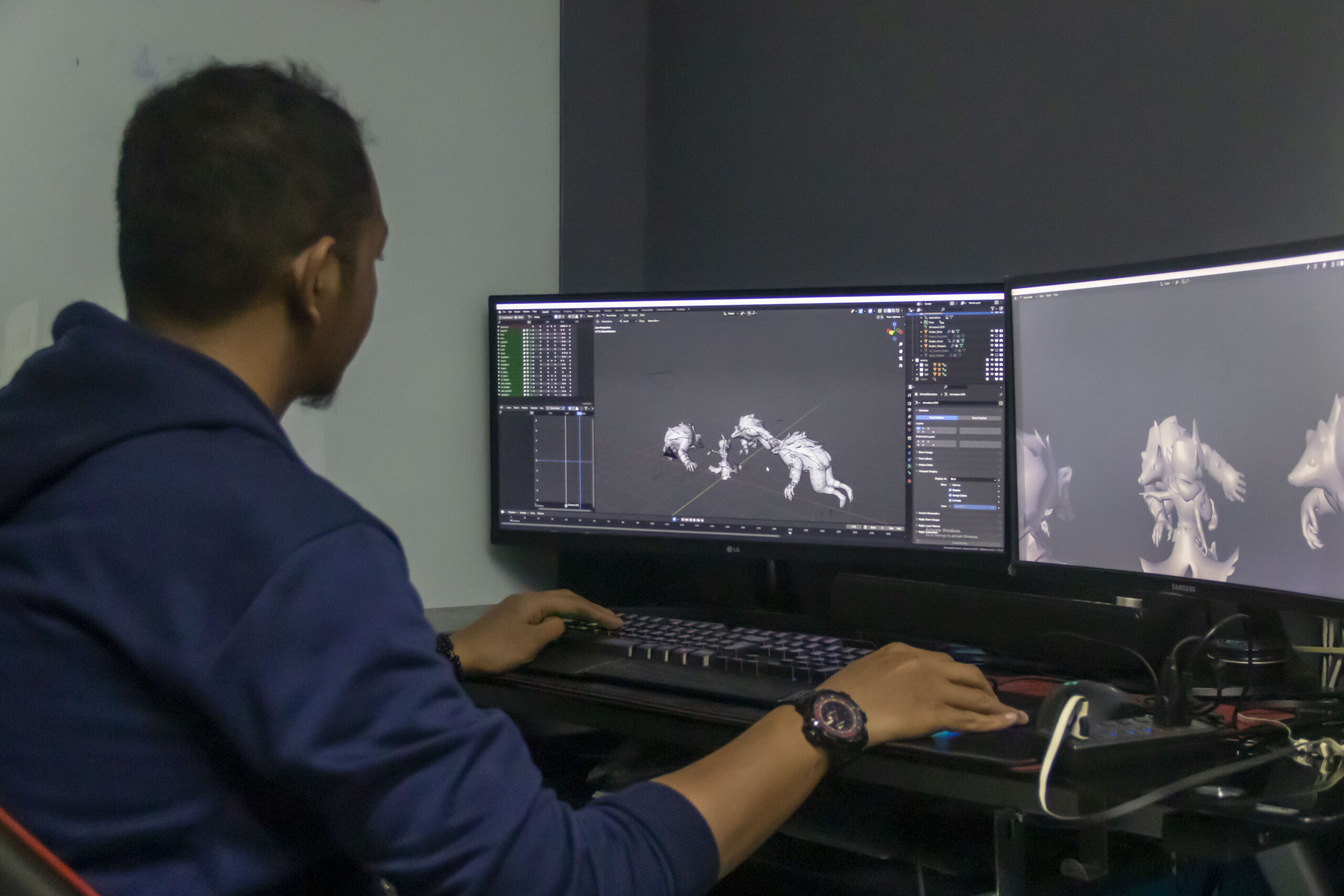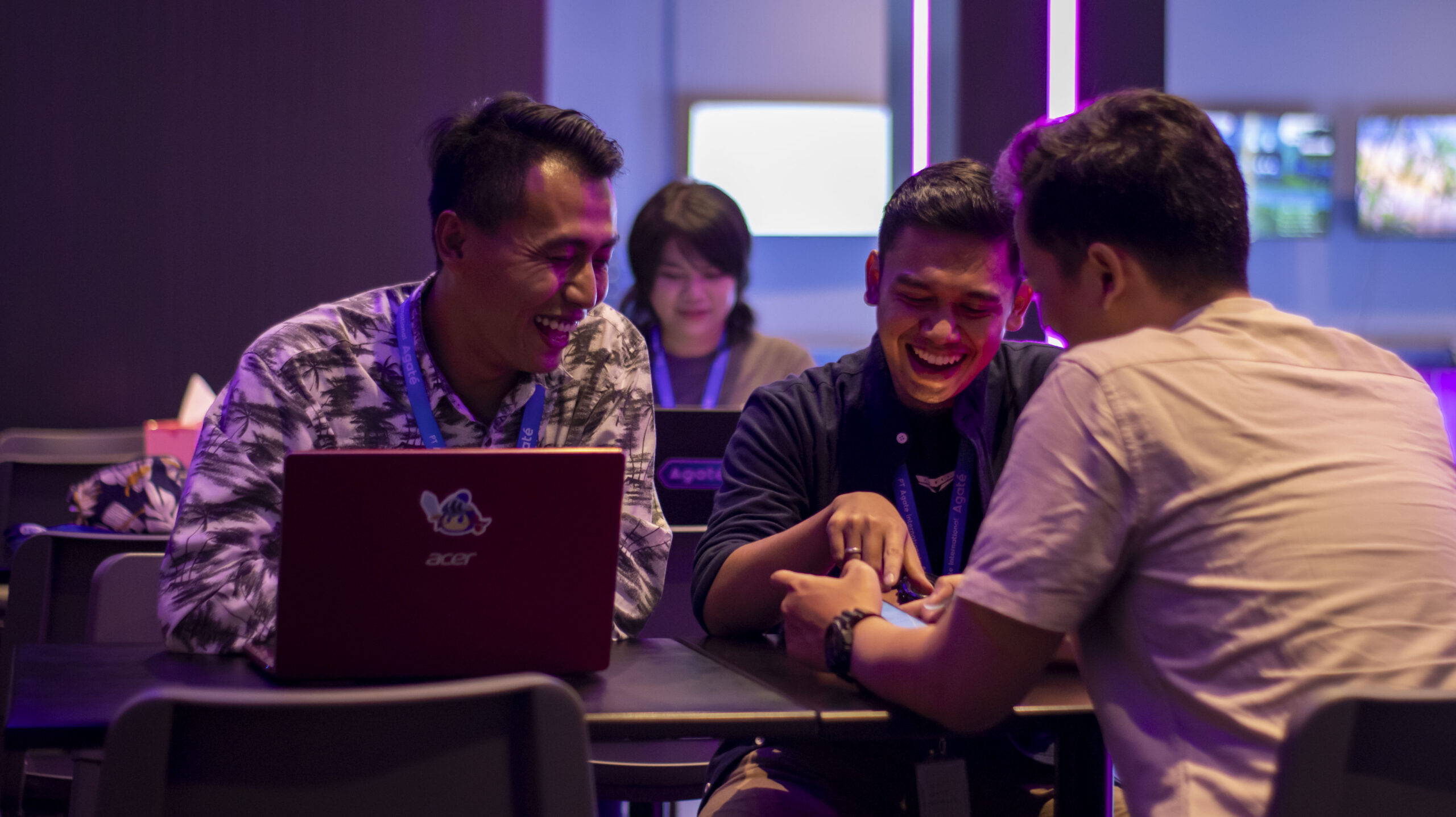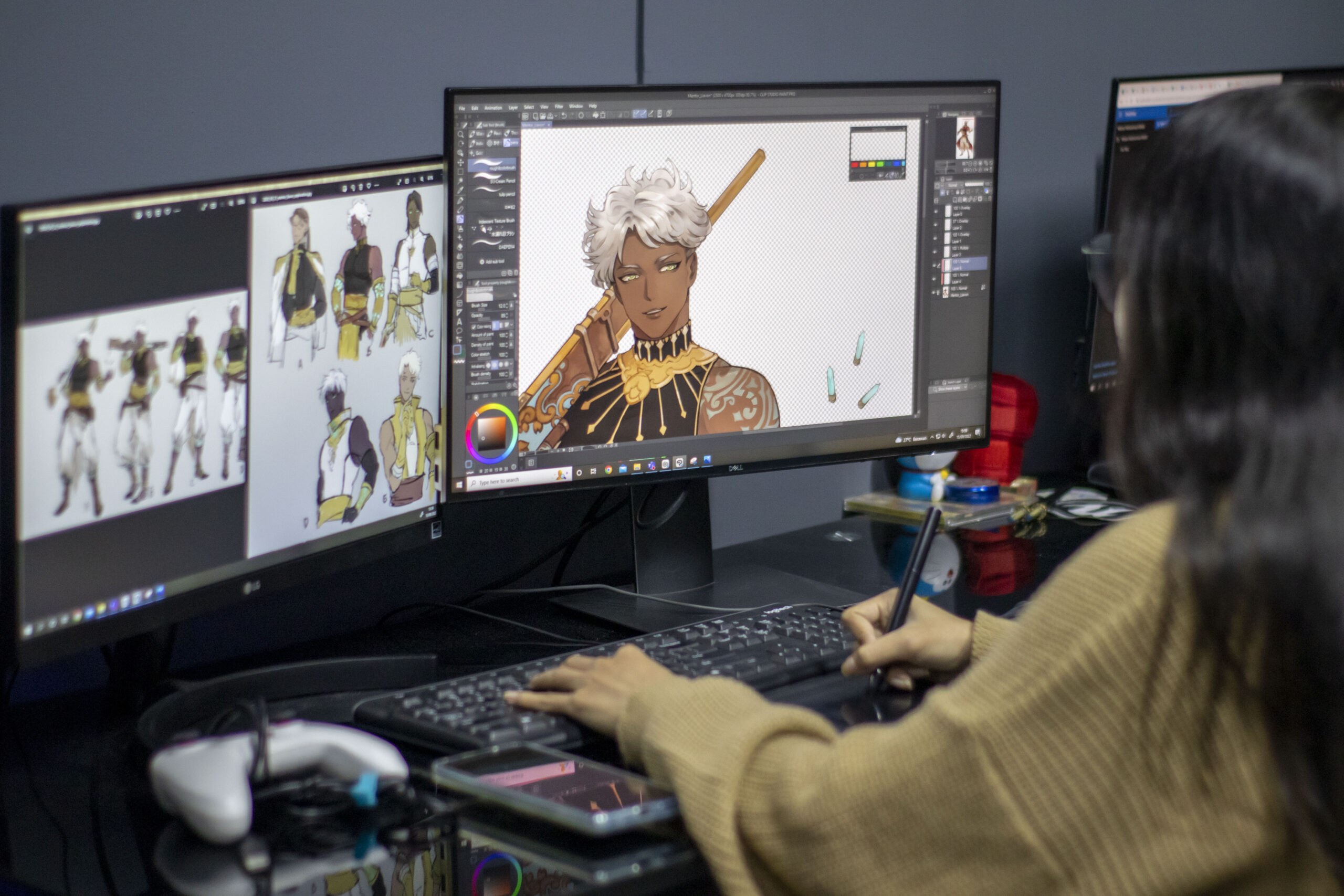At Agate, there are many specialists in the Art Department,...
Us, Wizards, live to artifice, innovate and develop visual elements to bring meaningful gaming experiences.
Agate’s Art Department consists of talented and dedicated artists. We constantly hone our crafts and look forward to creating remarkable stylized visual assets to deliver meaningful gaming experiences. We also determine the artistic direction for the game’s art elements, develop visual concepts, build game-ready assets (2D, 3D, UI, Animation, etc.), and optimize assets for integration into game engines.
In the Art Department, we move towards the vision of building the most versatile, creative, and confident art team in the game industry. To achieve the mission, we try to create a work environment that enables artists to thrive and nurtures their growth & development. We do three primary strategies: an effective quality that emphasizes supervision and guideline; a high talent density to ensure a career path system and recruitment pipeline; and an efficient development for our research and development within the department.


We believe that artists are part of the creative workforce whose aspiration and internal ownership matter just as much as everything else to generate the desired outcome. With that in mind, balancing business needs & artists’ aspirations becomes challenging. For example, some constraints and limitations come from business and technical requirements in product development. Therefore, artists must understand how to create precise game assets by considering production cost, capacity, game engine requirements, and target devices. Meanwhile, on a bigger scale, the challenge is to catch up to global standards. With the increasing growth and learning resources becoming more accessible, this becomes an exciting challenge because rapid and sustainable growth is now a viable option.
Through years of experience, we saw that artists thrive in quests that closely match their skill sets and preferences. Here, our artists have the independence to state their preferences as generalists or specialists. For our junior artists, we first assign them as generalists to be experts in the production pipeline from upstream to downstream. Then, to level up their skills, we support our artists with curated learning resources, tailored curriculums, mentorship, and premium courses. We also do a regular grade-up review for our artists to ensure their skills and competence match their merit, role, grade, and benefits.


We define our artists as people who are constantly exploring, creating the unimaginable, and shaping the future. Therefore, one of the essential criteria we always see in candidates is their fundamental knowledge and skills in art. Aside from that, creative problem-solving and a strong personal drive to continuously refine their skills in creating art assets are also important. In other words, we’re not just looking for regular artists, but we’re looking for game developers. A potential talent candidate must have a deep passion and connection with the game as a medium to work. We are looking for candidates with a solid personal vision to utilize technicalities in game development to deliver their artistic vision.

(Raster Illustration)
Rasterization is a technique with a pixel-by-pixel system. It allows the creation of complex shapes and color blendings, such as creating concept art or 3D texturing.

(Vector Illustration)
Vector is an illustration technique with a data calculation system that is not affected by the number of pixels, such as creating UI assets.


(UI/UX)
Artists use these tools to design the User Interface in the game, such as buttons, pages, head-up displays, and the outcome when it is run by the player/user.


(3D Modelling)
3D Modeling involves creating three-dimensional points or vertices by vertex objects in 3D space. Zbrush and Blender are famous for making 3D objects because they are easy to use and have a broad scope for making games and cinematic assets.

(Rigging)
Rigging is like giving a “bone” to an object/character, so it is ready to be animated.


(3D Animation)
Animation is the phase where the rigged object is moved and posed keyframe by keyframe into a sequence that matches the desired movement in the game, such as idle, walk, run, jump, attack, and so on.



(Texturing)
Texturing gives color to 3D objects; the basic principle is similar to raster illustrations.

(Game Engine)
The final phase is to transfer the finished asset into the game engine to develop the game itself. Again, a specialist game artist must master the game engine’s features and tools to set every visual asset properly.
At Agate, there are many specialists in the Art Department,...
Creativity has always been at the heart of an art...
The gaming industry, a continually evolving creative field, provides many...
GET IN TOUCH
GET IN TOUCH